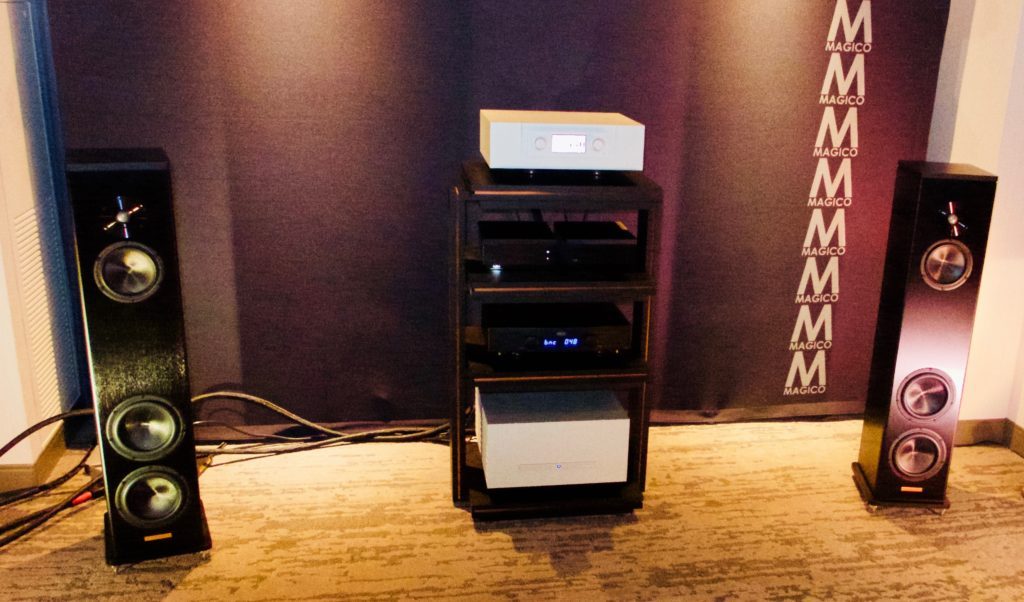
Walking into a room at a show with Magico speakers being powered by Constellation Audio electronics is nothing new, but hearing a pair of Magico floor standing speakers that retail for under $10,000 is. The new Magico A3 has a fully braced, anodized aluminum enclosure, a beryllium tweeter, carbon Nanographene cones, and a neodymium-based motor system. Like its bigger siblings, the new three-way, four-driver speaker is a sealed cabinet that features Magico’s Elliptical designed crossover.
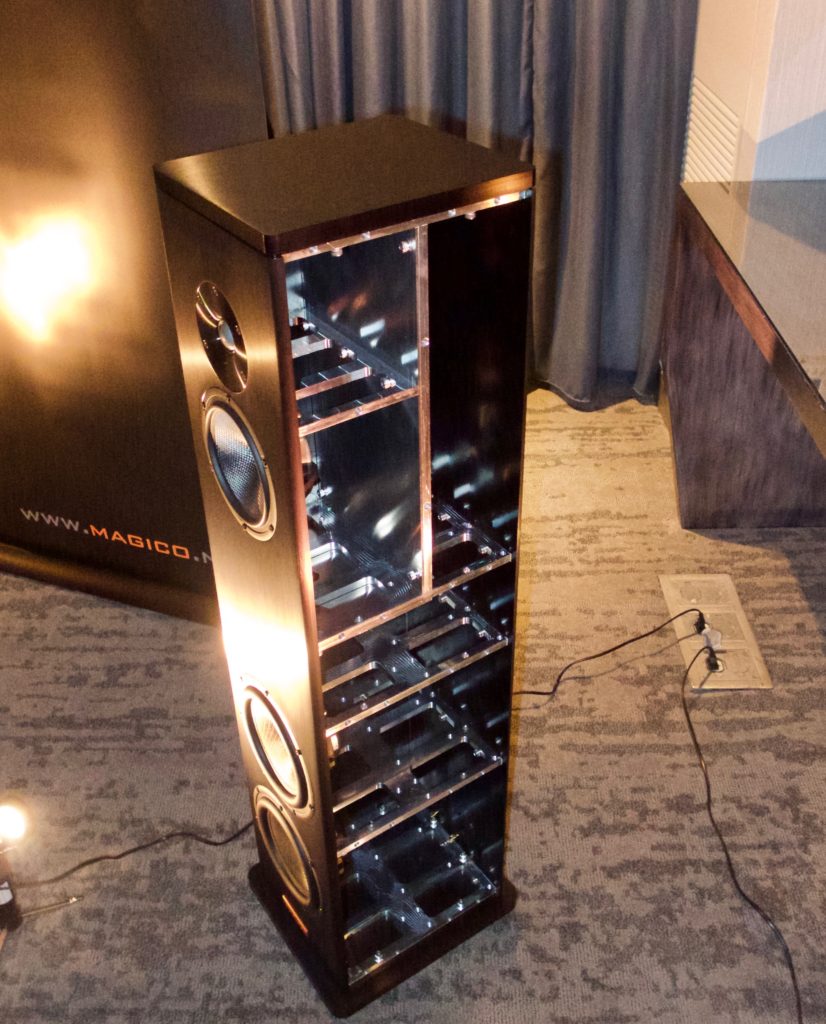
I continue to be impressed with the lower priced Magicos, but don’t get me wrong, I’m not saying that they are better than the S3s or that the S3s are better than the M3s. It just that the S3s and now the A3s have a lot of the M Series DNA in them. At this price point, there are very few speakers with the build quality of the A3s. The only negative I can say about this speaker is that it is back ordered at this time.
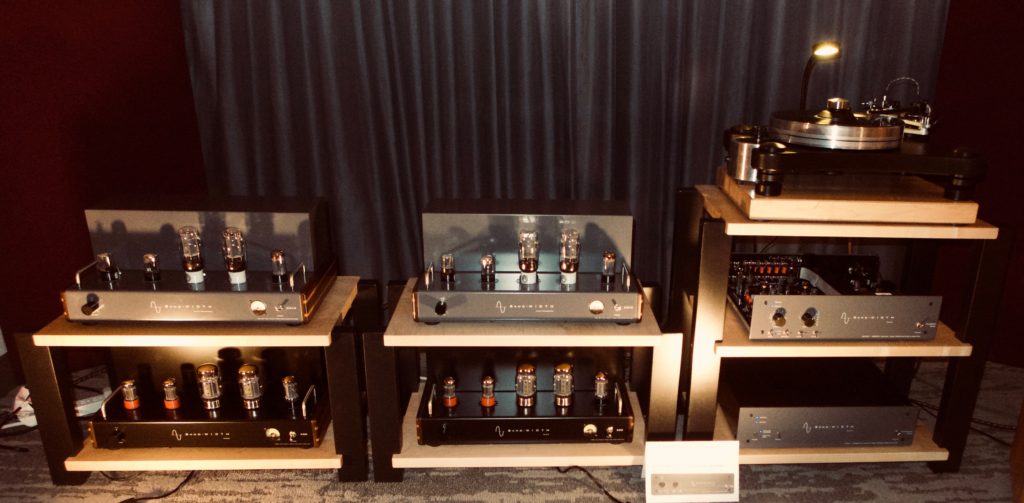
Matthew Beardsworth, the founder and president of Bandwidth Audio, had one of my favorite rooms at AXPONA. On his website, he says, “I started Bandwidth Audio, I also wanted to take a different approach to performance testing. I first wanted to clarify testing parameters to remove ambiguity and misleading specifications. Second, I wanted to include more comprehensive tests for better product comparisons for our customers. ….. That is why we performance verify every amplifier we build and include the test results in the box.”

If I had read that on their website before I heard the system, I would have thought that these amps wouldn’t be my cup of tea, and I would have been dead wrong. With an analog source, these electronics really made the little Tannoy Turnberry speakers sing. It was an incredibly alive sounding system. Every product in this system was new to me, but their two debut products were the Aurora One Tube Line Preamplifier & Buffer and the Kaskode One Tube Phono Preamplifier. They sell for $5,500 each. They also make the two sets of mono block amplifiers; the 288 60W Class-AB Ultralinear push-pull tube power amps that sell for $10,000 and the 22A3 5W Class-A Parallel Single Ended Triode tube mono-block power amps that sell for $11,000. I hope that I get to hear that little 5-watt amp in my system one day.
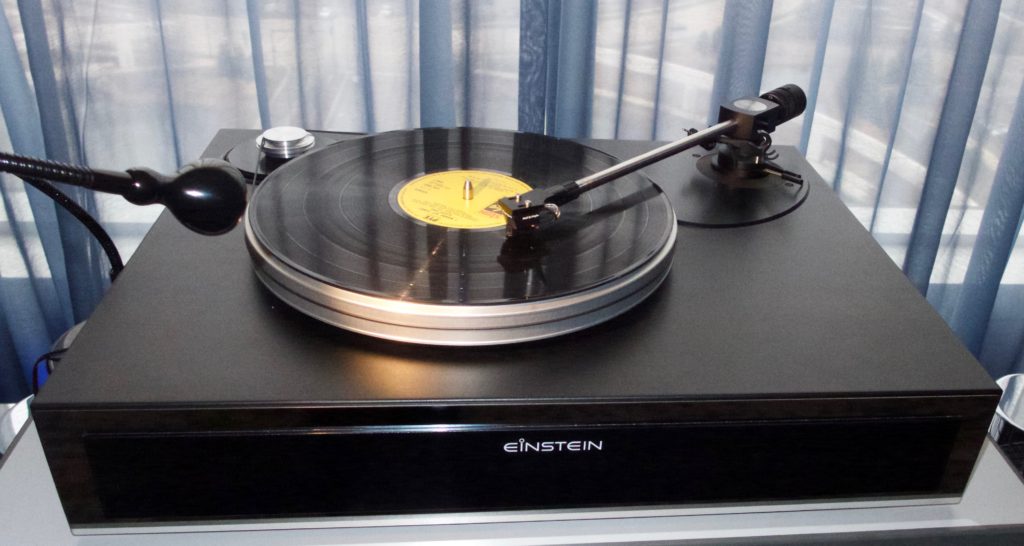
Maybe one of the most interesting debut products to me was the Einstein Audio Components’ new turntable called The Record Player, and it will sell for around $12,000. The other debut from Einstein was a tonearm called what else, The Tonearm Silver, that will sell for around $9,000. They say that while many turntable manufacturers focus on bling, they focus on the fundamentals such as a perfectly machined, true belt pulley for consistent speed accuracy. Just like at Rocky Mountain last year, the Einstein system is in the running for The Audio Beatnik’s “best in class,” especially with the addition of this new analog source.
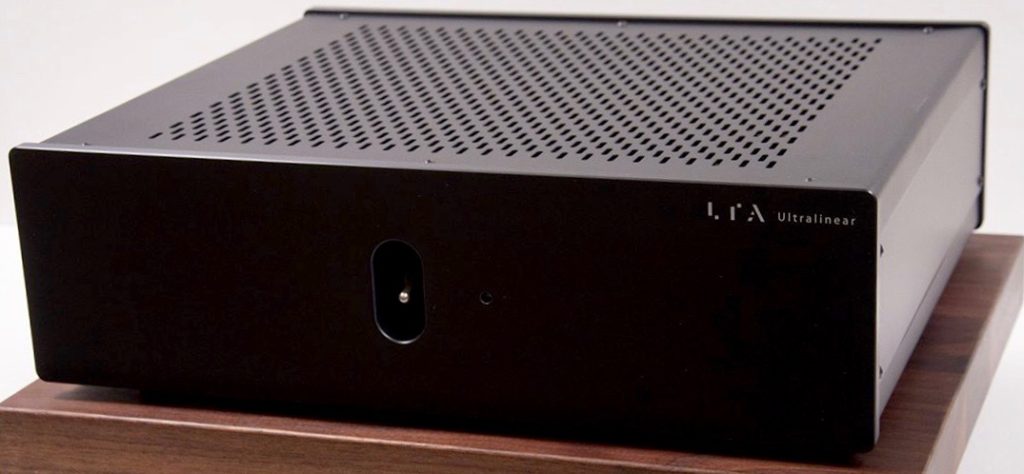
This is a stock picture from Linear Tube Audio’s website because while I took pictures of this amp in several systems, I never got a closeup of the amp. This is the ZOTL Ultralinear, the latest amplifier design by David Berning, utilizing his Zero-hysteresis audio design and custom power supply. It’s built by LTA, has a power output of about 18 watts per channel, and uses 17JN6 tubes.
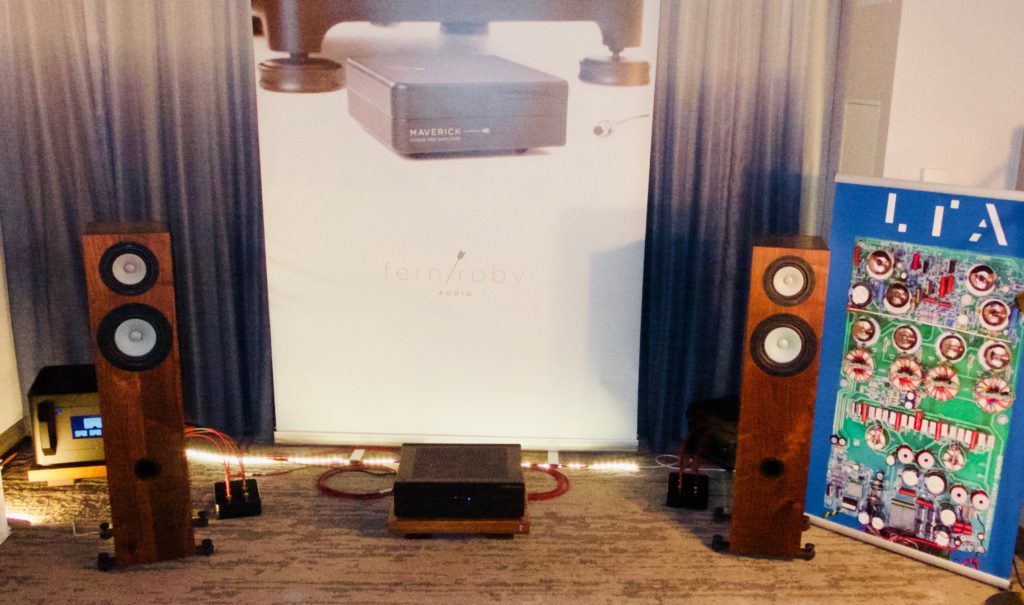
The first time I heard the ZOTL Ultralinear it was driving a pair of Fern and Robby Tower Speakers. The sound was not only absolutely beautiful, but it was also especially alive and lifelike. I particularly like the sound of big tones from this amp and speakers. The amp sells for $6,800 and the speakers for $9,500.
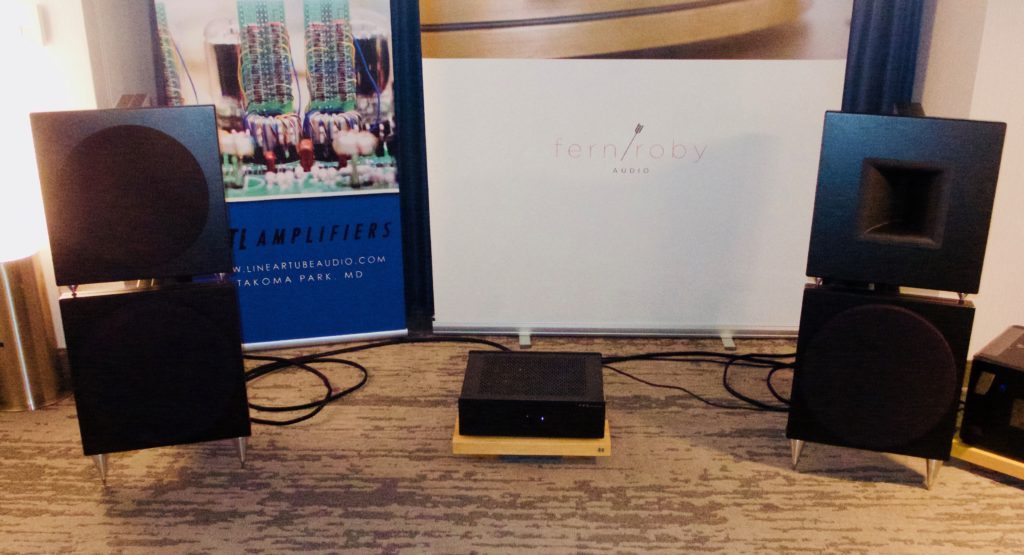
Another room using the ZOTL Ultralinear was the Spatial Audio room. They were using the $9,600 per pair M2 Modular Speaker that Clayton Shaw debuted at the Rocky Mountain Audio Fest last fall. Like other Clayton Shaw designs, they are open-baffle loudspeakers. The sound of this speaker is different from the Fern and Roby Tower Speakers. They are more into soundstaging, space and speed. My point is not that one speaker is better than the other, but that it was easy to hear the strength of each speaker using the ZOTL Ultralinear amp. Not only could I easily hear the difference, both speakers sounded wonderful.
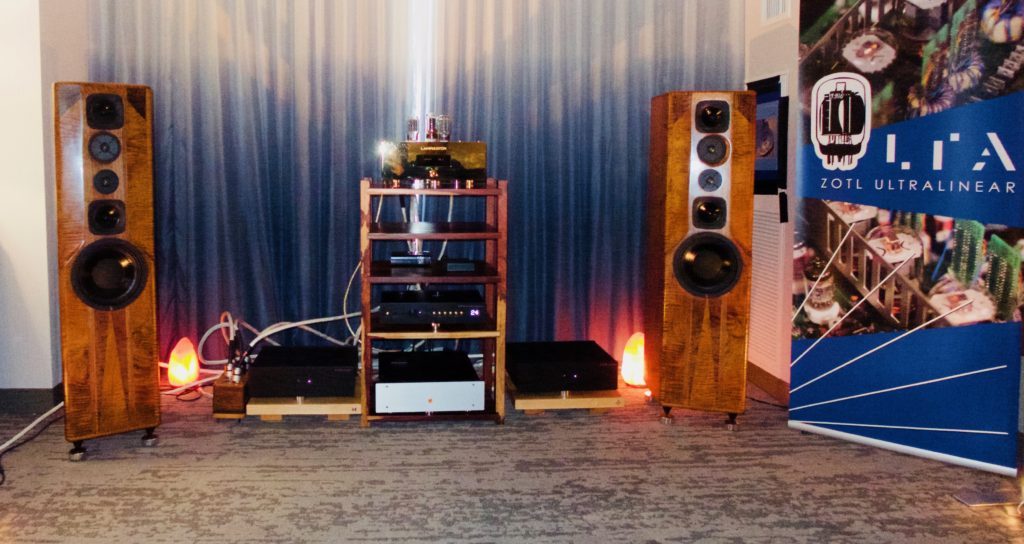
In one of the two Daedalus Audio rooms that contained much more expensive products, I was surprised to find the ZOTL Ultralinear. Daedalus was debuting the completed version of their Apollo 11 speakers. Also in the room was the Lampizator Pacific DAC at $30,000, the Lampizator Super Komputer music server at $8,500. The soon to be released MicroZOTL Preamp and the monoblock version of the ZOTL Ultralinear power amps retail at $6,800. Even in a system that cost nearly $70,000, the little ZOTL Ultralinear really showed off its potential.
I love the sound of the Daedalus speakers. This system was as musical as any system at the show. I wish I could have listened longer, but what I heard was in a word superb!
![]()
